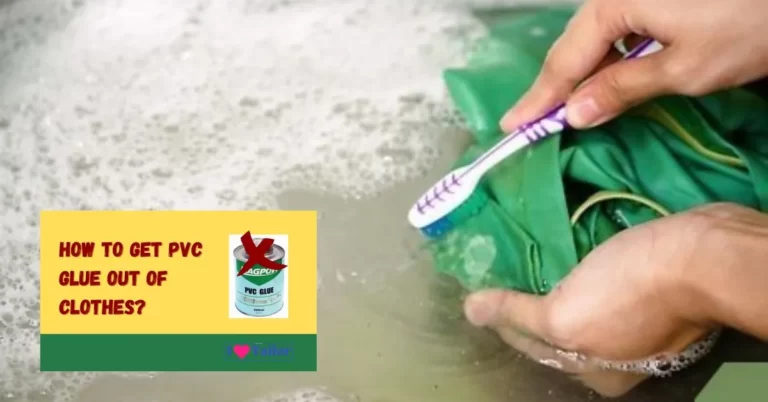How to stop a blanket from shedding?
Blankets are synonymous with warmth, comfort, and cozy nights. We may choose wisely how to use blankets and maximize our comfort by being aware of how they raise body temperature. However, if your blanket has started shedding, leaving lint and fuzz all over your furniture, clothes, and even skin, it could quickly turn into a source of irritation. Is there any way to restore the tranquility that comes with using a clean, non-shedding blanket? Yes, there is. In this article “How to stop a blanket from shedding?” we will uncover the best techniques to stop your blanket from shedding.
Understanding Blanket Shedding
It’s important to comprehend why a blanket sheds in the first place before we discuss how to stop it. Shedding is a common problem with blankets made of natural fibers like cashmere or wool, but it can also happen with synthetic fabrics like polyester. No matter the kind of blanket, shedding is typically brought on by loose fibers on the surface that separate over time as a result of wear and friction.
5 Best method to Stop a Blanket from Shedding
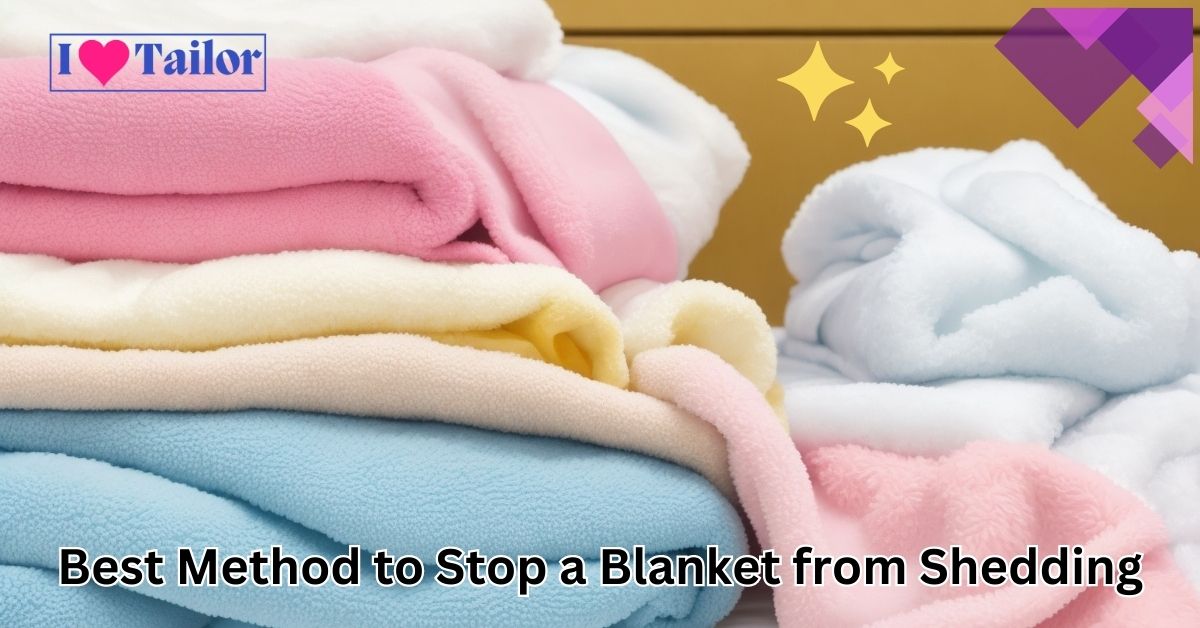
Here are five effective methods to stop your blanket from shedding and restore its plush perfection.
Method 1: Proper Washing and Drying
The way you wash and dry your blanket can significantly impact its tendency to shed.
Use Cold Water and a Gentle Cycle

When washing your blanket, it’s advisable to use cold water and a gentle cycle to prevent loosening the fibers. Hot water and vigorous cycles can weaken the fibers, causing them to shed.
Air-dry or Use a Low-Heat Dryer Setting
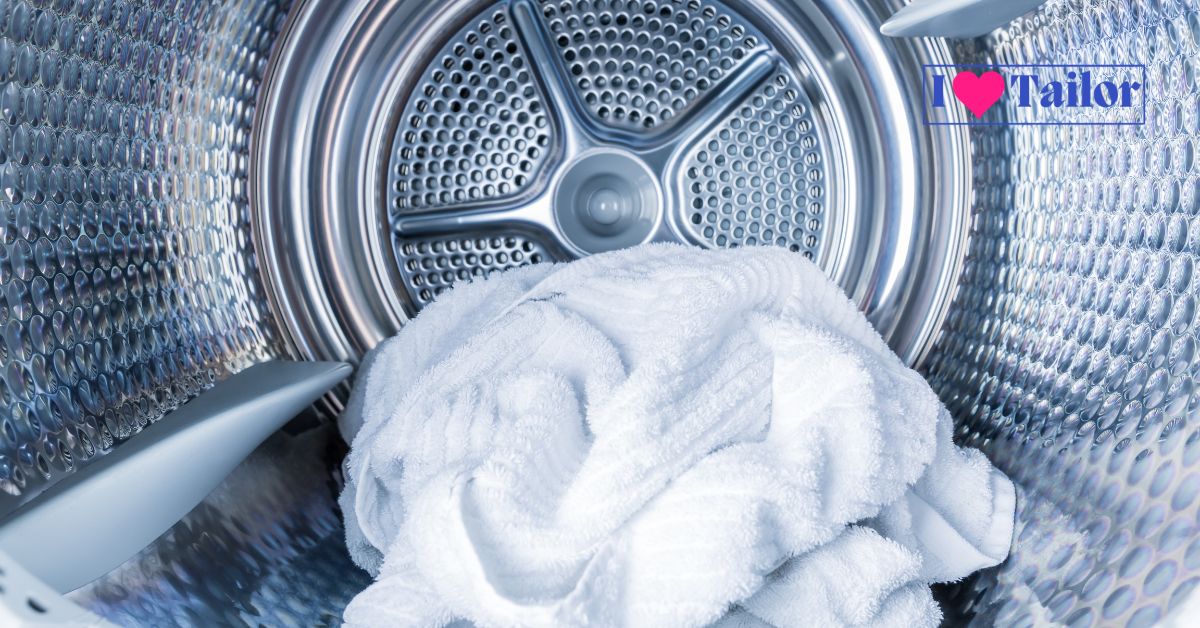
As for drying, air drying is the best option to prevent further shedding. If you need to use a dryer, use a low-heat setting and remove the blanket while slightly damp.
Method 2: Using Fabric Softeners or Anti-shedding Sprays
Products designed to soften the fibers can help to reduce shedding.
Fabric Softeners
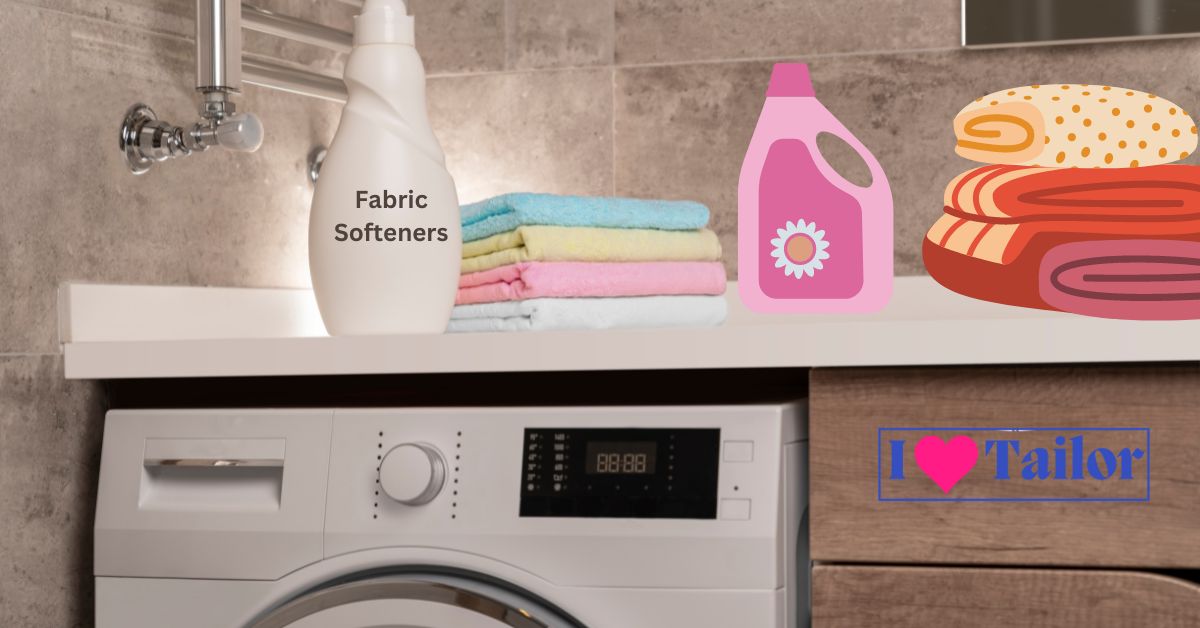
Adding fabric softener during the wash can help to relax the fibers of your blanket, making them less likely to break and shed.
Related: “How to add fabric softener to a whirlpool washer without a dispenser?“
Anti-Shedding Sprays
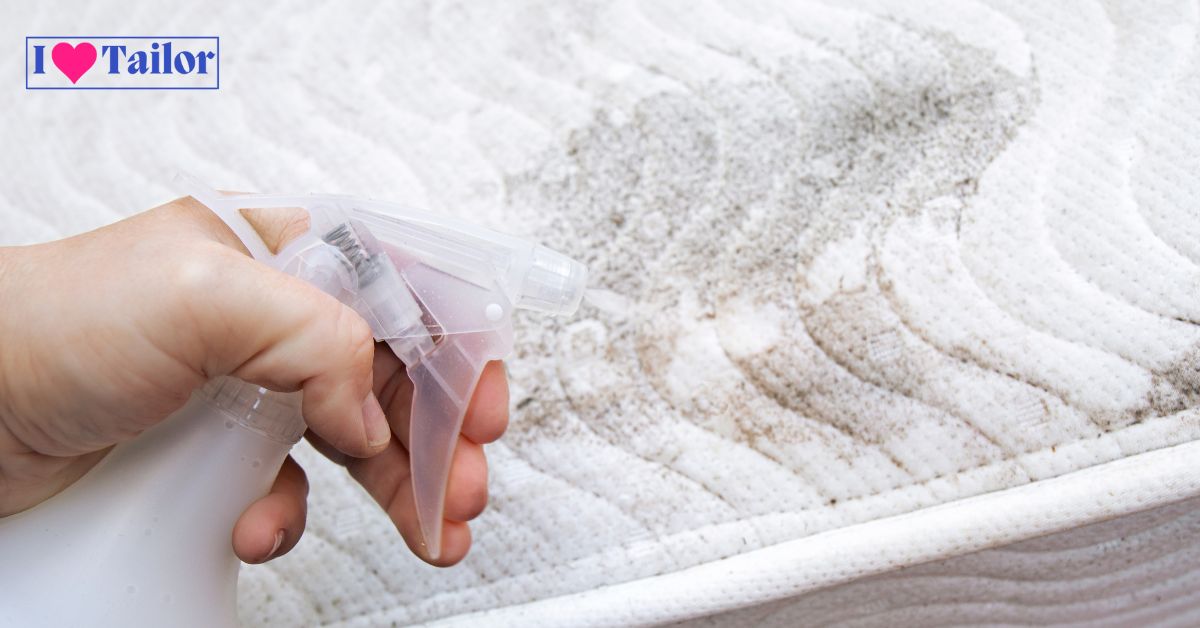
There are also anti-shedding sprays available on the market, which can be applied directly to the blanket to bind the fibers together and prevent shedding.
Method 3: Vinegar Soak

A simple home remedy involves using vinegar, a natural fabric softener.
Soak the Blanket in a Vinegar Solution
Before washing, soak the blanket in a solution of one part vinegar to six parts water. The vinegar soak helps to tighten the fibers and reduces the likelihood of shedding.
Method 4: Freezer Treatment
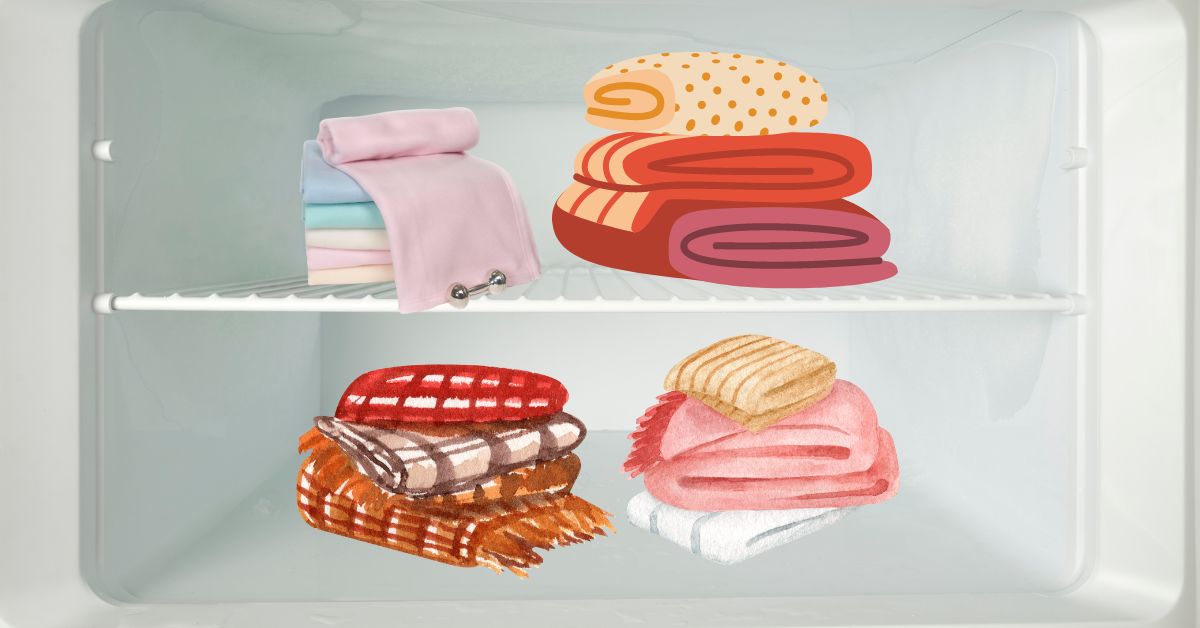
It may sound strange, but freezing your blanket can actually help stop it from shedding.
Place the Blanket in the Freezer
For a few hours, freeze your blanket in a plastic bag. The cold makes fibers less fragile and less likely to shed.
Method 5: Seek Professional Help

Sometimes, despite our best efforts, a blanket may continue to shed excessively.
Take the Blanket to a Professional Dry Cleaner
A professional dry cleaner has specialized tools and techniques that can effectively handle stubborn shedding problems.
How to stop a blanket from shedding?
There are ways to prevent wool blankets from shedding. First, wash the blanket in cold water with mild detergent. Avoid using fabric softeners or bleach. Next, dry the blanket on a low heat setting or let it air dry. Avoid using high heat settings as this can cause further shedding. Try brushing the blanket with a soft-bristled brush or using a lint roller if the shedding continues. To stop shedding, put the blanket somewhere cool and dry.
what is the best way to stop a polyester blanket from shedding?

To prevent polyester blankets from shedding, wash them in cold water on a soft cycle with a light detergent. Fabric softeners and dryer sheets increase shedding, so avoid them. You may air-dry the blanket instead of using the dryer. Loose fibers can be removed by brushing the blanket with a lint roller or soft-bristled brush.
Selection Matters: Choosing Low-Shedding Materials
The first step towards a fuzz-free existence starts with your choice of blanket. Some materials are more prone to shedding than others. Opt for blankets made of tightly woven, low-shedding fibers like cotton or fleece. It’s a simple step that will significantly reduce your likelihood of dealing with shedding in the future.
Preventive Care for Blankets
Preventive care is the best way to stop your blanket from shedding. Regular care and maintenance can keep those loose fibers in check. This includes proper washing techniques, drying methods, and storage conditions.
Proper Washing Techniques
Washing your blanket properly is a key step to minimize shedding. Use cold water and a gentle cycle. Too much agitation or hot water can loosen fibers. If your blanket is particularly delicate, consider hand washing it.
Effective Drying Methods
Drying your blanket correctly can also help reduce shedding. The best method is to air-dry your blanket whenever possible. If you must use a dryer, choose a low-heat setting and remove the blanket while it’s still slightly damp.
Ideal Storage Conditions
When not in use, store your blanket in a dry, cool place away from direct sunlight. Extreme temperatures or humidity can degrade the fibers and lead to more shedding.
FAQs:
What does it mean when a blanket is shed?
Shedding occurs when loose blanket fibers fall off. Friction, wear, and material quality cause shedding. It leaves lint on clothes, furniture, and other surfaces.
How do you keep blankets soft and fluffy after washing?
To keep blankets soft and fluffy after washing, follow these steps: 1) Use a gentle detergent and cold water to prevent fiber damage. 2) Opt for air-drying or use a low-heat setting in the dryer. 3) Tumble dry with clean tennis balls or dryer balls to restore fluffiness and prevent clumping.
Why do blankets lose their softness?
Blankets lose their softness primarily due to wear and tear, washing with harsh detergents, and exposure to heat from dryers. Over time, these factors can damage the fibers, causing them to become rough and lose their original soft texture. Regular gentle care can help maintain the softness of your blankets.
Should I use fabric softener on blankets?
Yes, using fabric softeners on blankets can be beneficial. It softens the fibers, reduces static, and helps prevent shedding. However, always ensure the blanket material is compatible with fabric softeners to avoid any potential damage.
Conclusion
Shedding blankets can indeed be a nuisance, causing unnecessary mess and discomfort. However, with a bit of knowledge and the right approach, you can effectively halt the shedding and restore your blanket to its former glory.
From selecting low-shedding materials and practicing proper care techniques, to using special products or seeking professional help, there are numerous strategies to keep your blanket in top shape. Remember, the key is consistency in care.
With this guide, you are now equipped with the knowledge to keep your blankets cozy, clean, and most importantly, shed-free.
Thanks!




